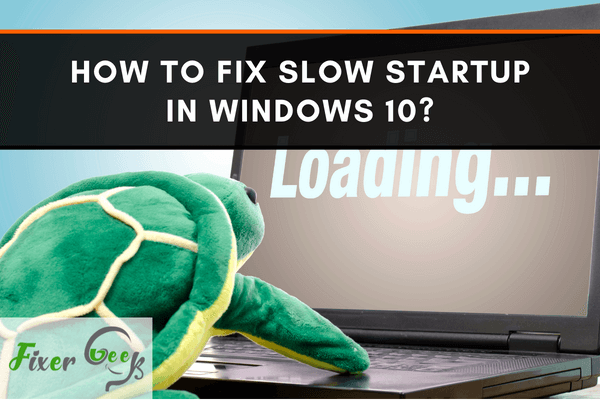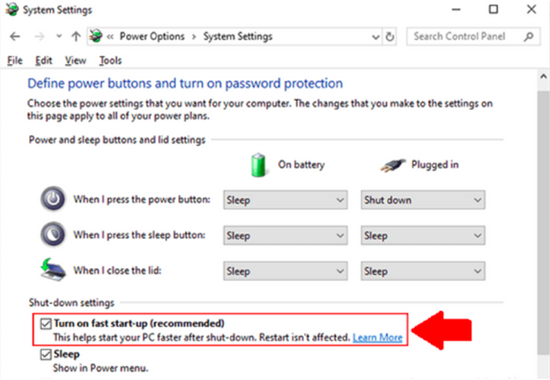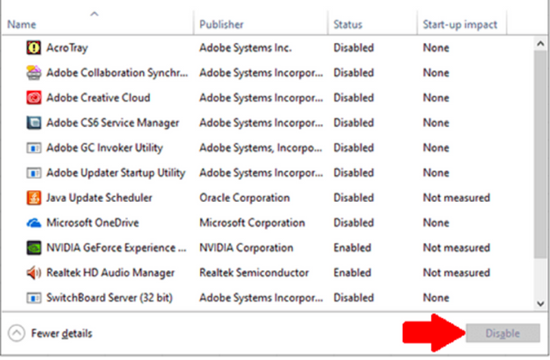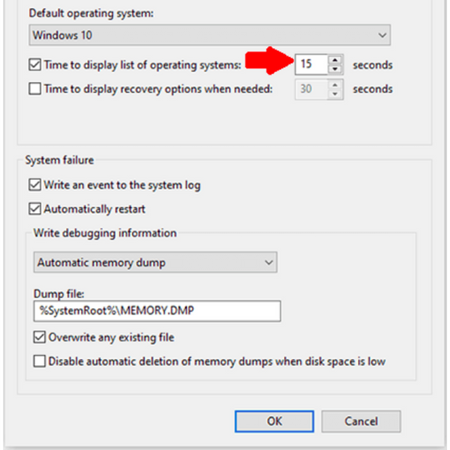Windows 10 is faster than ever. After the Anniversary Update was installed, we noticed our computer boots up very fast with only few third-party applications installed. That's because Windows caches application startup so that Windows takes less time to load when you launch them next time. But when you install a lot of programs and switch between them frequently, the Start menu fails to keep its own indexes in memory, thus slowing down the boot time in Windows 10.

Are you tired of experiencing slow startup time when you use your computer? A slow startup time is one of the most common problems that Windows 10 users face. In this article, we will discuss how to fix slow startup in Windows 10.
A slow startup time indicates that there might be something wrong with your computer. You have to fix it immediately as it is related to the amount of third-party software installed on your computer.
That said, here are four simple steps you can follow to get better startup time in Windows 10:
Activate the Fast Startup feature
The Fast Startup feature was firstly introduced in Windows 8. By default, this feature is activated in Windows 10 to improve booting time.
You can check whether the feature is active or not. If the feature is not activated, activate it to get better booting time. Just do the following steps to check it:
- Right-click on the Start menu.
- Choose Power Options.
- Under the Power & Sleep tab, look for “Additional power settings” and click it.
- When the Power Options window appears, click on “Choose what the power buttons do”.
- A System Setting window will appear and click on “Change settings that are currently available”.
- Look for “Turn on fast startup” and tick the check box.

Disable Programs Running in the Background
To reduce the time needed in rebooting, try disabling programs running in the background. Here are the steps to do it:
- Press “Ctrl + Alt + Del” and choose Task Manager.
- Click Start-up.
- Then you can disable any unwanted programs.

Reduce Booting Menu Time Limit
You need to do this if you have a computer with dual booting. Dual-booting means there are two different operating systems available on your computer. The default time for choosing booting mode on the booting menu page is 30 seconds. By limiting the booting menu time limit, you can save time in the booting process.
Here are the steps on how to reduce booting menu time limit:
- Type “advanced system settings” on the search box and press Enter.
- The System Properties window will appear.
- Click on “Advanced” tab and select “Start-up and recovery”.
- When the Startup and Recovery window appears, change the “Time to display list of operating systems” into a shorter time limit and click OK.

Clean up Your Disk
Besides getting better booting time, cleaning up your disk will improve the overall performance of your computer. It will help you keep your computer at its top performance and help you monitor any abnormality.
You don’t need any third-party software to clean up your disk. Windows 10 has a built-in feature designed for that. Simply follow these steps:
- Type “disk cleanup” on the search box and press Enter.
- When the Disk Cleanup window appears, click “Clean up system files”.
Final Words
Besides doing the things listed above, one important thing you need to do to reduce booting time is to keep your files organized and avoid installing unimportant programs. Keeping a pile of junk files and keeping unimportant programs will slow down the performance of your computer.
Also, ensure that your Windows 10 is updated. An outdated operating system might have bugs, and they might also affect the performance of your computer. Therefore, you better always check for any Windows update available.
Do not neglect fixing slow startups on your Windows 10 because it can cause a lot of serious problems later on. Better solve it now rather than it becoming a big and costly headache for you.
Summary: Fix slow startup in Windows 10
- Clean up your startup sequence.
- Disable programs that run on startup.
- Clean up the Registry.
- Run a disk cleanup.
- Purge unnecessary files.
- Use ReadyBoost and ReadyDrive for faster booting.